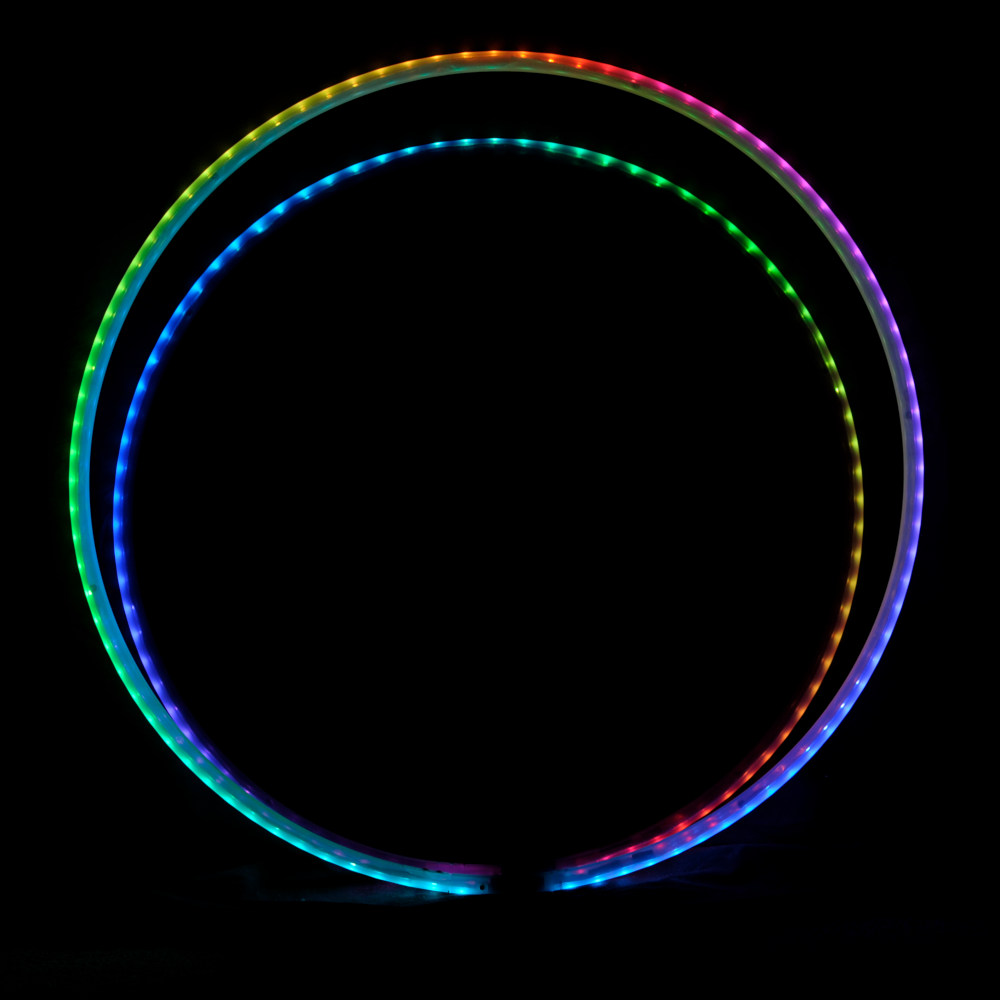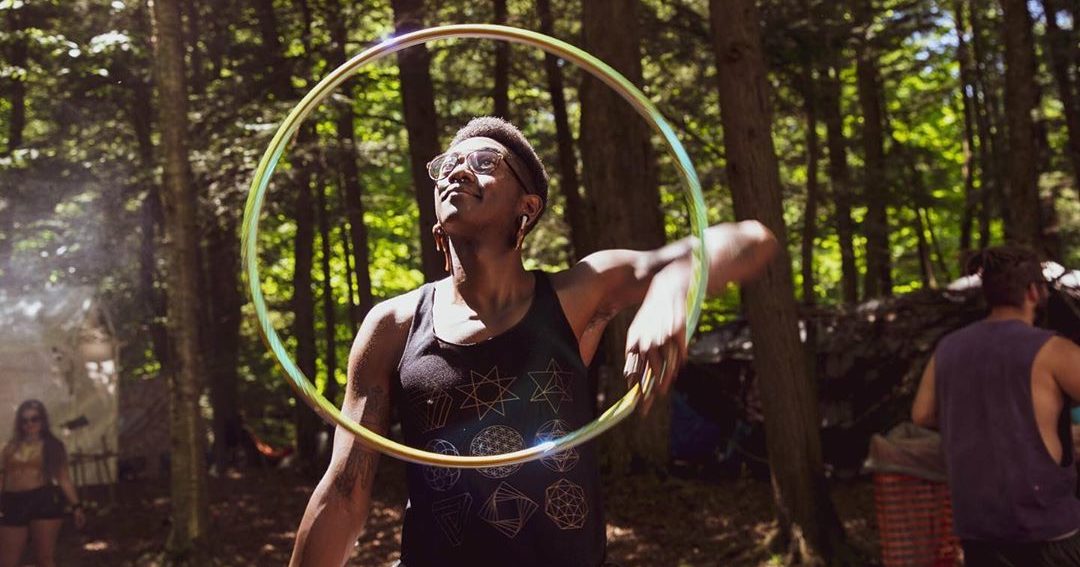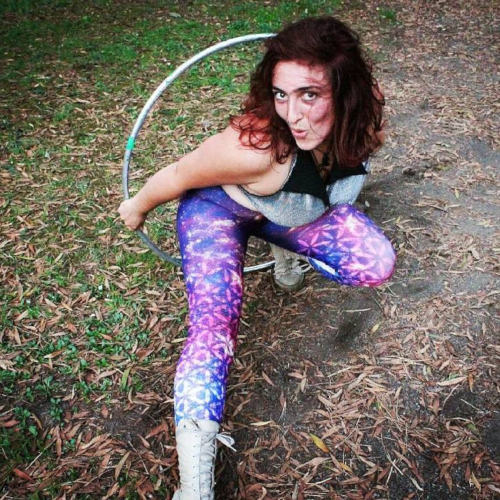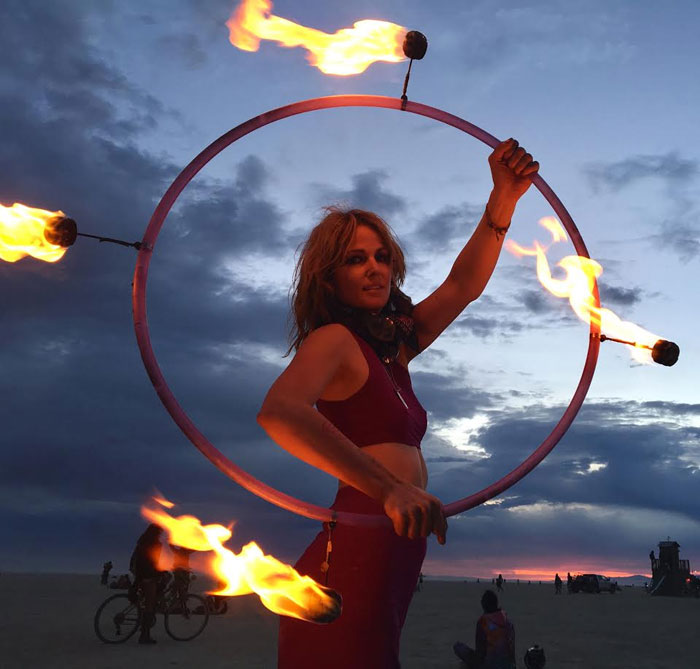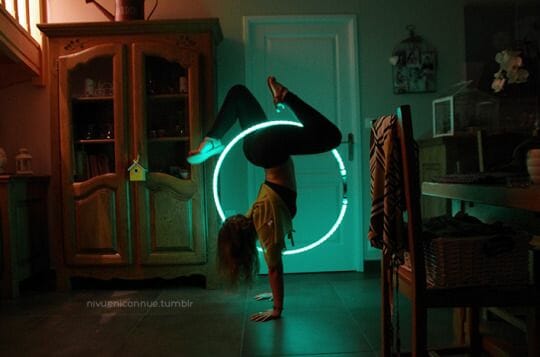How to Teach a Child to Hoop
To teach a child how to hoop, start by finding a hoop that is the right size for your child. Measure your child from their belly button to the ground, then add three inches. This measurement is the right size for your child’s hoop.
Once you’ve found the right hoop for your child, instruct them to stand in the right position with their back straight and legs spread apart. Ask your child to hold the hoop against their back and put their hands on either side of the hoop.
Finally, ask your child to spin the hoop around their hips and begin to rock their hips front and back to keep the momentum of the hoop going. If the hoop keeps falling to the ground, it may be that your child is trying to move their hips all the way around in a circle. Gently correct them, and let them know that the only motion they need to make is to move their hips forward and backward. If they’re having a hard time with this, ask them to practice without the hoop around their hips. If you are still struggling, check out this WikiHow about how to hoop for additional tips.
